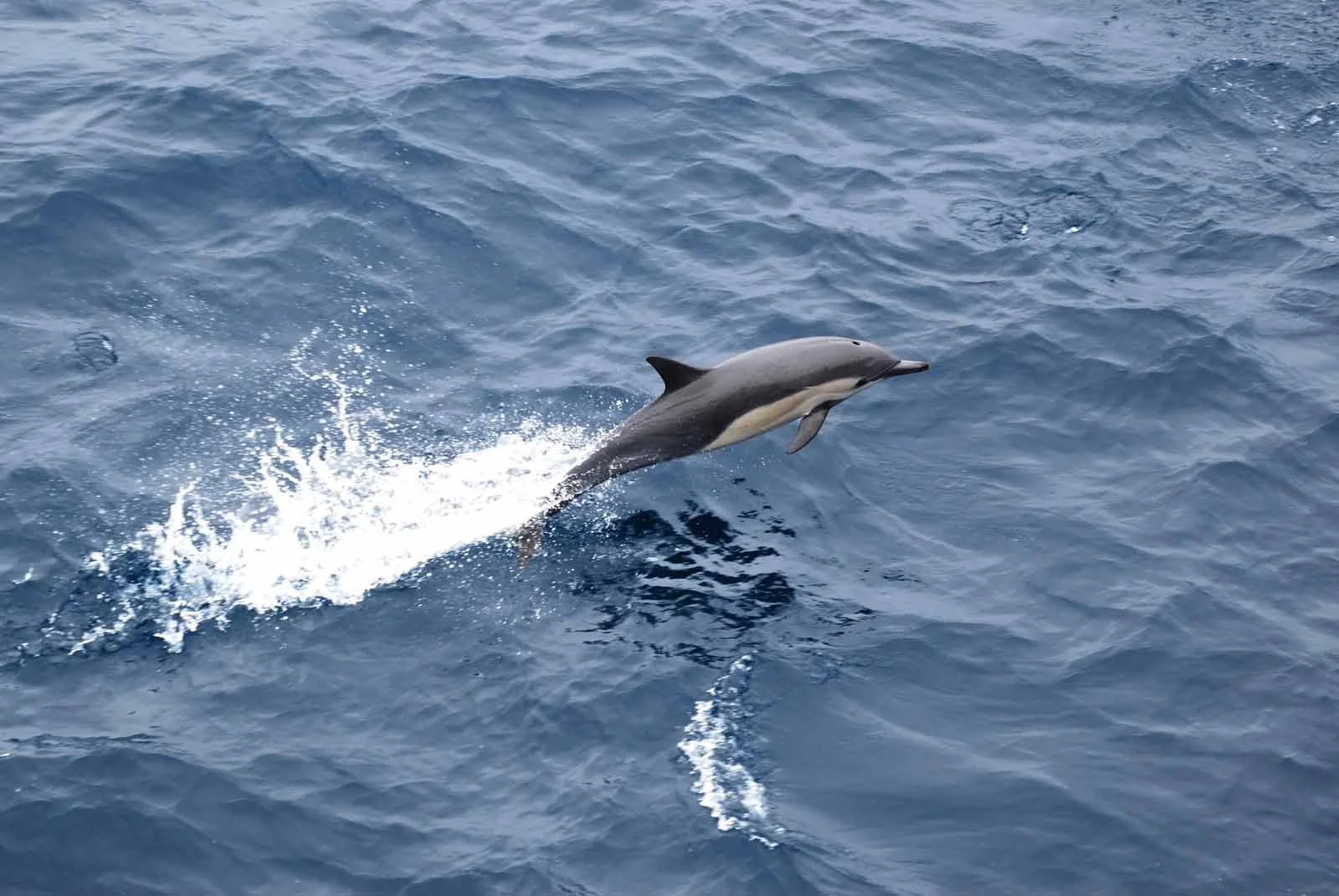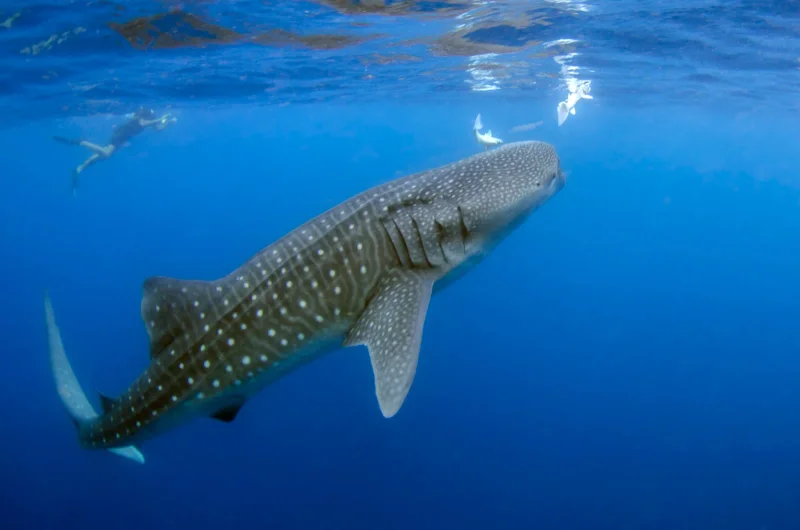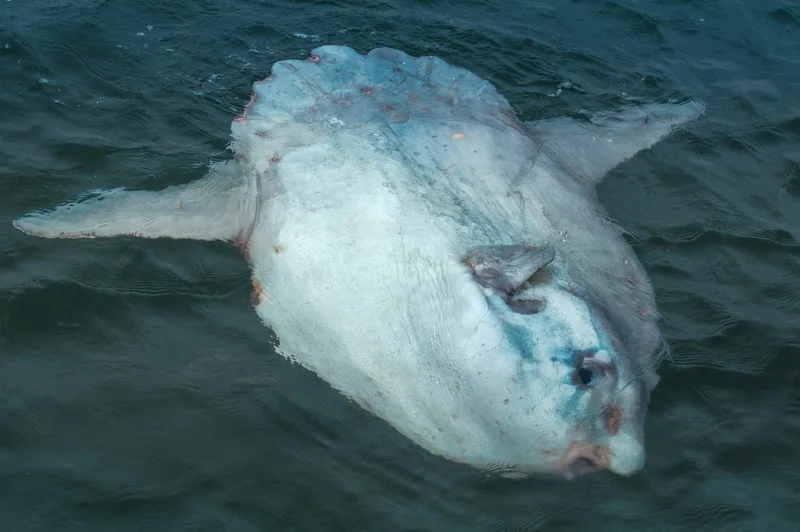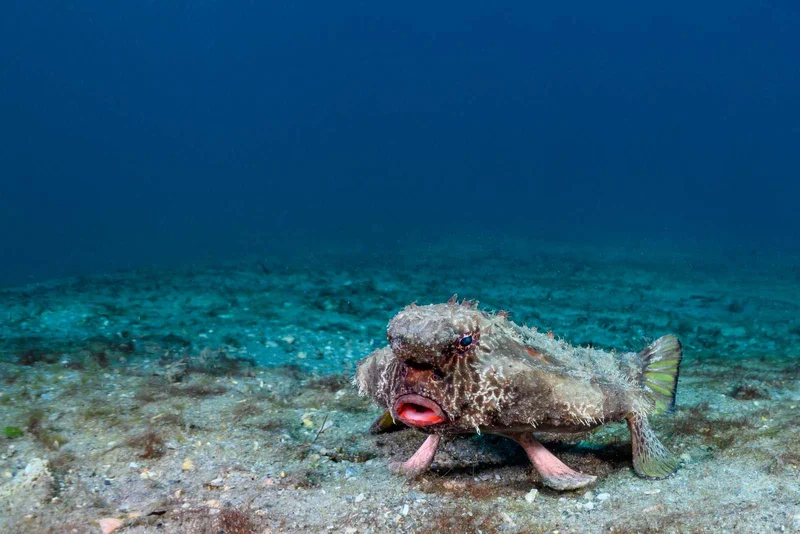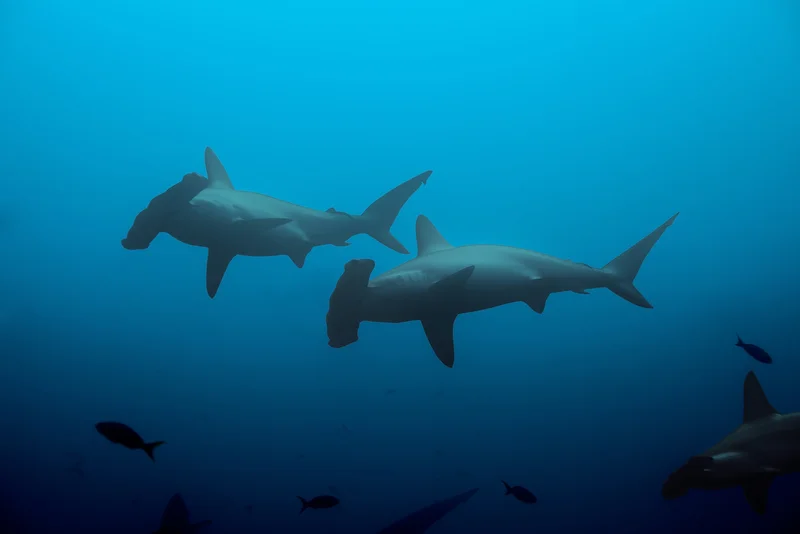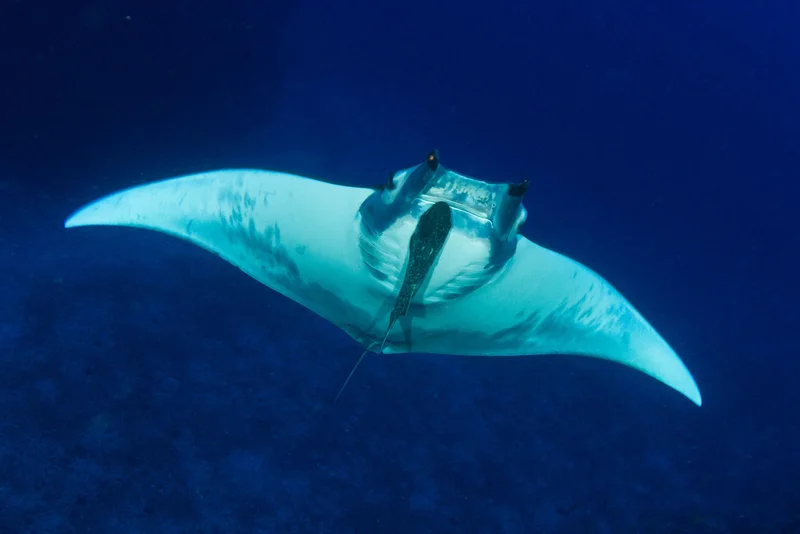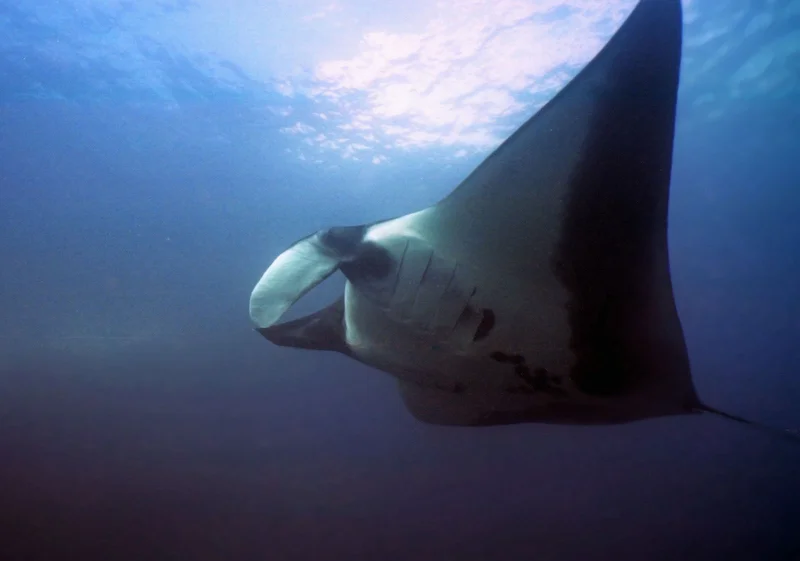Essential Information on the Whales & Dolphins
Cetaceans are marine mammals that include whales and dolphins. They are categorized into two main groups: Baleen whales and Toothed whales.
Baleen whales, such as the Humpback and Bryde’s whales, possess hair-like structures in their mouths for filtering food from the water. They are also known for their exceptionally large tongues, which help move food, aid in swallowing, and expel excess water from their mouths.
Toothed whales, like orcas and dolphins, prey on larger animals such as fish and marine mammals. They are generally smaller than Baleen whales, reaching about 43 feet (13 meters) in length, with the Sperm Whale being the only toothed whale that exceeds this size.
To distinguish between Baleen and Toothed whales, look for the spout of warm, moist air they expel from their blowholes as they surface. Baleen whales have two blowholes, whereas Toothed whales have only one.
These remarkable mammals are primarily found in the western part of the Galápagos Archipelago, especially in the Bolivar Channel between Isabela and Fernandina islands, and also to the south of the Galápagos. Around 24 cetacean species have been recorded in Galápagos waters, with the highest number observed during the Humboldt season.
